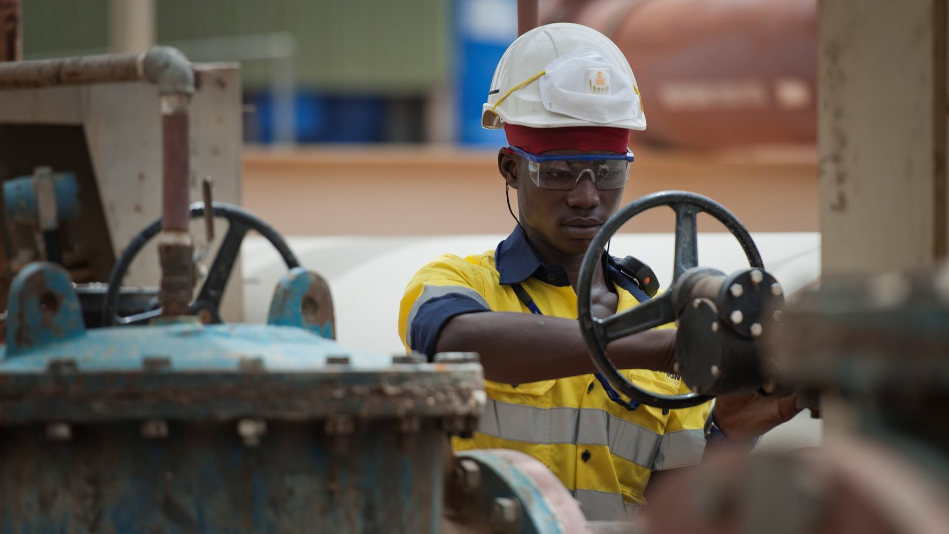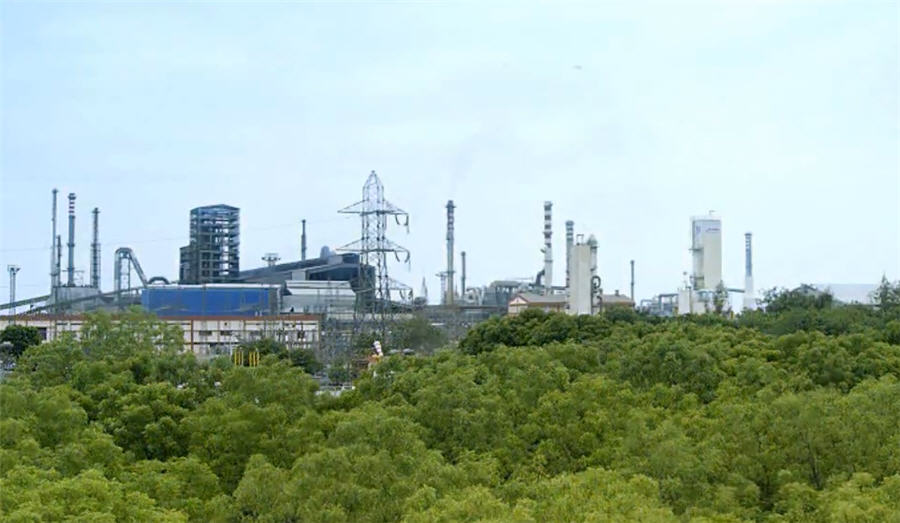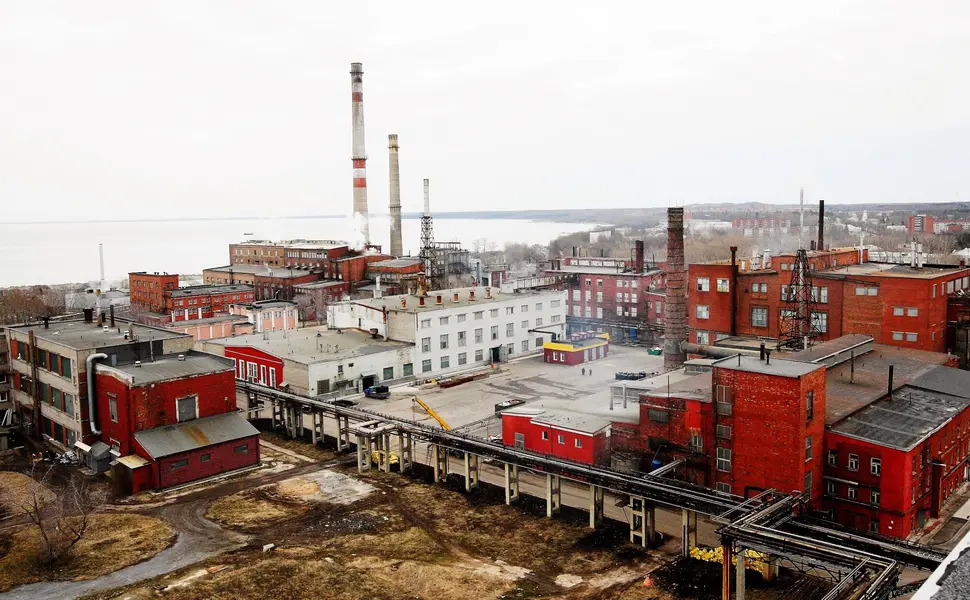Airlines ask Supreme Court to hear case on passenger bill of rights
The Canadian Press
A group of airlines is asking the Supreme Court of Canada to hear their case after a lower court largely upheld the validity of Canada's air passenger bill of rights.
Air Canada and Porter Airlines Inc. are among the group seeking leave to appeal to the Supreme Court, along with a number of U.S. and international airlines including Delta Air Lines, Lufthansa and British Airways.
The International Air Transport Association, which represents about 290 member airlines, is also an applicant.
In December, the Federal Court of Appeal ruled against the airlines by largely upholding a slate of passenger protection regulations introduced by the Canadian Transportation Agency in 2019.
Among other things, the air passenger bill of rights bolsters compensation for air travellers subjected to delayed flights and damaged luggage.
Airlines have argued Canada's passenger rights charter violates global standards and should be rendered invalid for international flights.
This report by The Canadian Press was first published Feb. 3, 2023.










